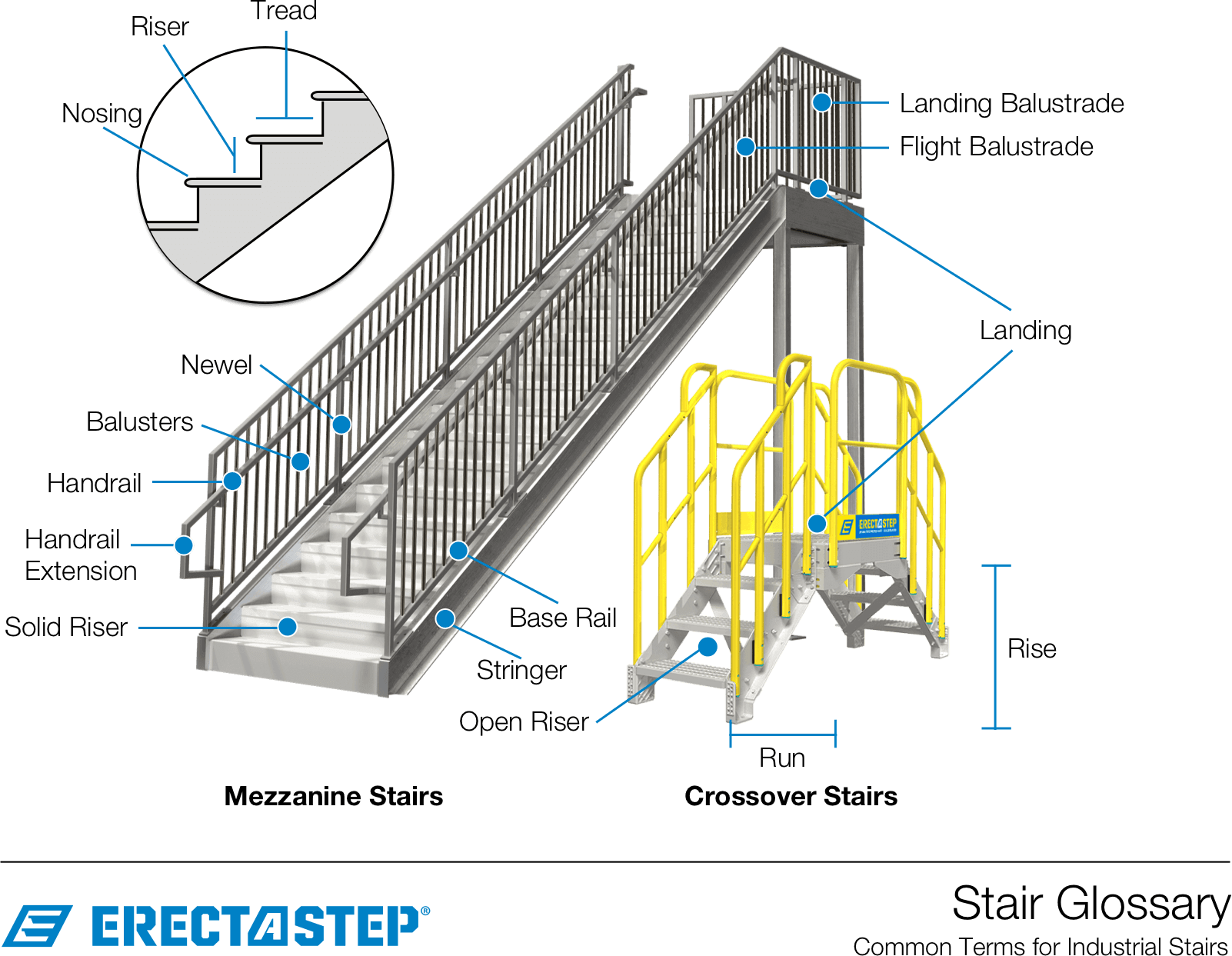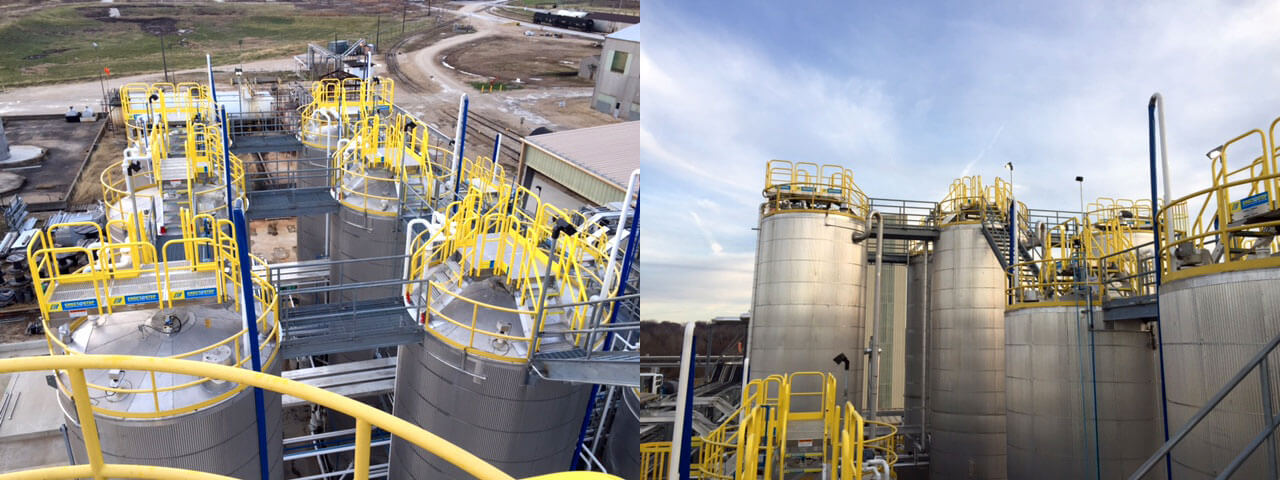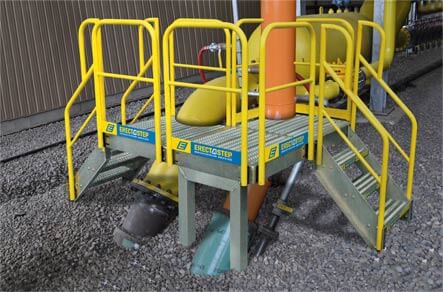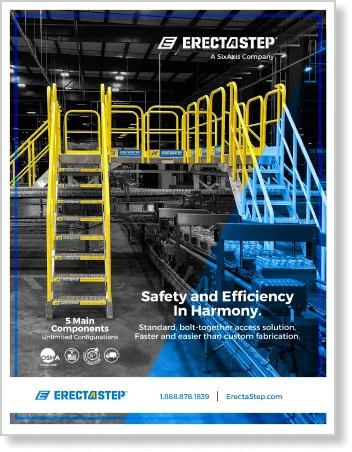A step is a fundamental unit of a staircase, consisting of a riser and the tread immediately above it. The riser is the vertical component that supports the tread, which is the horizontal surface where users place their feet. Together, these elements create the steps that allow for safe and comfortable ascent and descent.

Key Benefits:
- Safety: Properly designed steps help prevent trips and falls, ensuring safe navigation of staircases.
- Comfort: A well-constructed step provides comfortable and predictable footing, reducing fatigue during use.
- Durability: Steps built with quality materials can withstand heavy use and environmental conditions, increasing their longevity.
Applications:
- Provides safe, stylish access between floors in homes.
- Ensures reliable access in offices, retail spaces, and public areas.
- Offers durable footing in factories and warehouses.
Verify that steps conform to standard dimensions and load capacities, and conduct regular inspections to check for wear or damage.
OSHA Compliance:
Ensure OSHA compliance by verifying that:
- Design Standards: Steps meet OSHA’s dimensions and construction guidelines for safety and accessibility.
- Load Capacity: Steps are built to support the expected load and usage conditions.
- Inspection: Regularly inspect steps for wear or damage to maintain safety and compliance.




